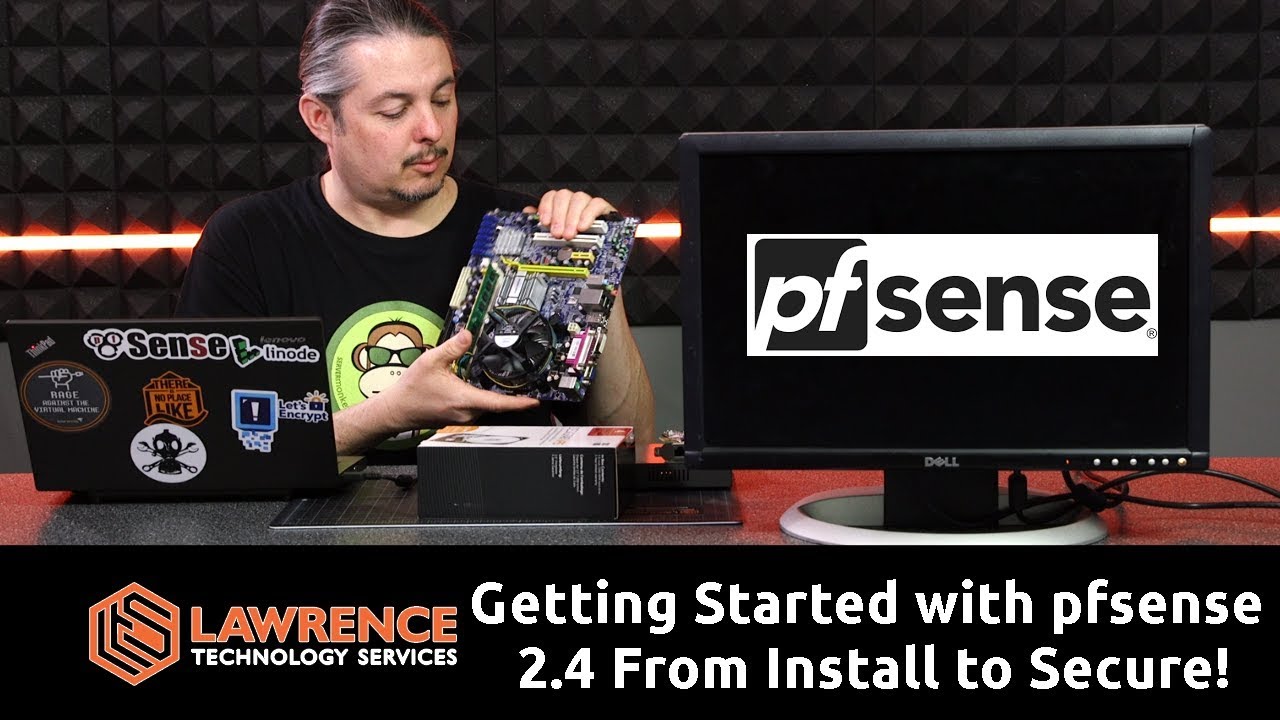Hey everyone. I just picked up an older supermicro 1u short chassis to use as my first pfsense box but I have a quick question about the initial install process. I would assume since it’s an older unit it would need to be updated first but I’m not sure how these firewall type system builds work when converting older machines. My plan was to install windows and update the drivers/bios, then install pfsense via usb. I thought I read somewhere that pfsense wipes the hard drive before install so I’m wondering if it would be counterintuitive. So if it wipes the hard drive would the updated files be stored on the onboard system chips or are they all stored on the system harddrive? Or does pfsense have update files? I’m a little confused here. I would appreciate any clarification you guys could provide. Thanks.
Hello,
pfSense installs onto hardware, so unless the updates you are talking about are applied to firmware on the system/hardware itself then the installation will be written to the boot partition (on the available hard drive). This will usually initiate a clean wipe of the hard drive to complete the installation.
(this also assumes that you are not installing pfsense into a virtual machine within the existing installed OS).
I have installed pfSense onto legacy (very old) machines, although if this if for production I recommend using solid and dependable hardware. pfSense also is not resource intensive for a basic install.
Hope this helps.
Thanks so much for the reply. Computers are more of a hobby for me so Im learning a lot as I go along, especially with the network stuff. This is my first venture away from generic home routers, so the adventure begins 
This install is going on a hard drive and not run virtually. I guess I was wondering how or if the CPU, PCI-e NICs, etc got updated, or if they did at all. Maybe they dont. Honestly Im not sure how that really works when it boils down to it. I always assumed the updates were provided by Windows or the manufacturers and then stored on the hard drive where the OS was installed, but I thought I also read somewhere that some updates gets updated to onboard chips. I may have misunderstood though.
So with your older appliances did you just plug in the pfsense USB boot tool and go from there? Sorry for the noob questions, just want to save myself some headaches and time when I get this ball rolling. Thanks for your time.
It is an adventure, the bleeding edge always is!
Yes, typically the hardware is ‘operated’ by the software or OS. (occasionally there are hardware that may need or benefit from what is referred to as a firmware update to the chip, but this is less common these days and usually the manufacturer will provide a tool to update the firmware).
The OS will contain ‘drivers’ that are specifically written to operate the hardware, and/or in other cases you may have to download and install these manually. Most newer hardware (within the last 10 or more years) will be what is called PnP (Plug and Play) which will be recognized by the OS and drivers automatically installed.
The older computers I have installed pfSense on didn’t easily support installing by USB boot and had to be installed via a bootable pfSense install CD. If your machine boots from USB the installation is fairly straight forward - you may have to go into the boot bios of the computer to instruct it to boot from USB rather than Hard Drive or Network boot. You can just plug the USB key in and turn it on and see if it boots to the pfSense installer - if not you will have to look up your Motherboard/Bios documentation to learn how to set the startup boot device. Once you have it booting into the installer it will guide you through the install process - it is fairly smooth.
Then the adventure - pfSense is without a doubt the fastest most capable low cost router I have ever deployed, and have had my business and many of my clients running it dependably for many years; there is alot you can do with this router, and the options may appear overwhelming, or even cryptic for the uninitiated, but it does fairly well with the guided install and setup.
Check out Tom’s video for a great walkthrough on setting this up here:
Have fun, enjoy the trip ![]()
Thanks so much for all the info and the link! My firewall and server just got here so I’ll start playing around with them this week. Im sure I’ll be watching Tom’s videos on a loop most of the week, lol. Hopefully all goes well  Thanks again!!!
Thanks again!!!
As they mentioned, firmware updates usually are provided by the manufacturer website and not part of the pfsense process itself. As once installed you have the capability to get to the shell interface you can look at the manufacturer options for the individual hardware if you feel an update is warranted.
